From DarkChibiShadow, One-Eyed Lee and the Dinner Party takes you on a strange, mysterious adventure through an underground bunker while looking for a cure for a deadly disease. You’re surprised that, being far from abandoned, it’s the home of a family of walking, talking skeletons. Point and click your way through scrounging up clues behind their mysterious circumstances and try not to die in the process.
A review for this game was requested via the VN Game Den review request form and a key was provided. While an older release, this game was recently ported to console.
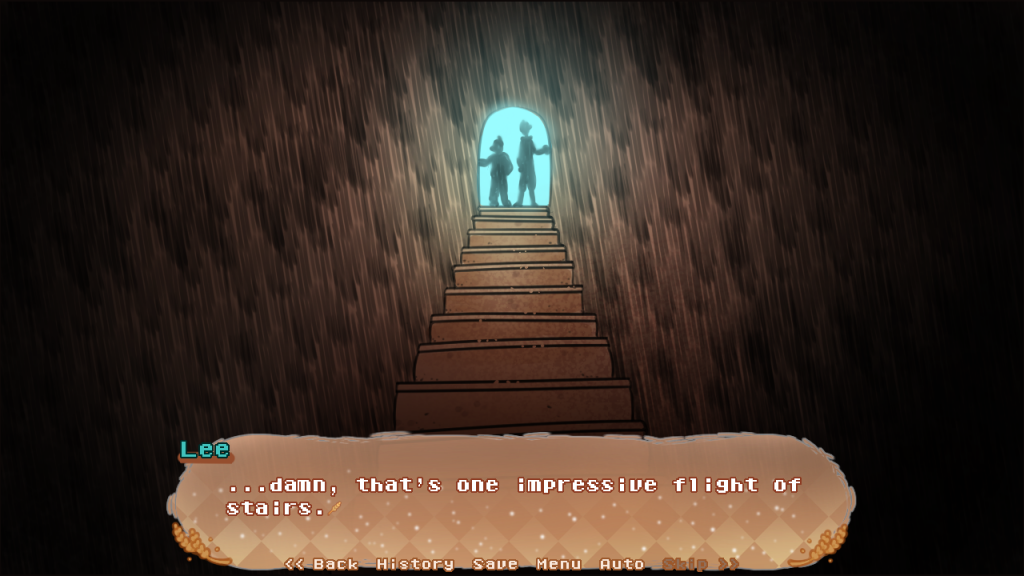
The art is solid with a round, cartoony feel, though it’s far from childish and it certainly doesn’t detract from the feel of mystery and tension. The character designs are simple but endearing. The skeletons in particular feel very distinct from one another through postures and clothing despite their otherwise physical similarity. There’s also a lot of really great technical art, cut-ins, and CGs to expand this very small space into something more visually dynamic. The intro especially makes excellent use of movement, storyboarding, and spatial awareness to set the scene.
The dialogue and the interactions between Beracus and Lee are excellent. The skeletons all have very strong personalities and their familial hierarchy is very clear. All the dynamics are well-structured and the writing is generally solid. There’s two sort of parallel stories happening: the mystery of the family, and the relationship between Beracus and Lee, and they generally mesh okay. If you haven’t read the prologue, though, the Beracus and Lee side is missing a lot of information that’s contained there. So while it doesn’t keep you from moving through the story, because the immediate plot is more focused on the bunker, some of their conversations carry that distinct impression of “there’s more going on here than I’m aware of,” which is a very off-putting feeling. So it’s not quite as stand-alone as the packaging implies, especially when one considers that the prologue is not available on all the same platforms this one is.
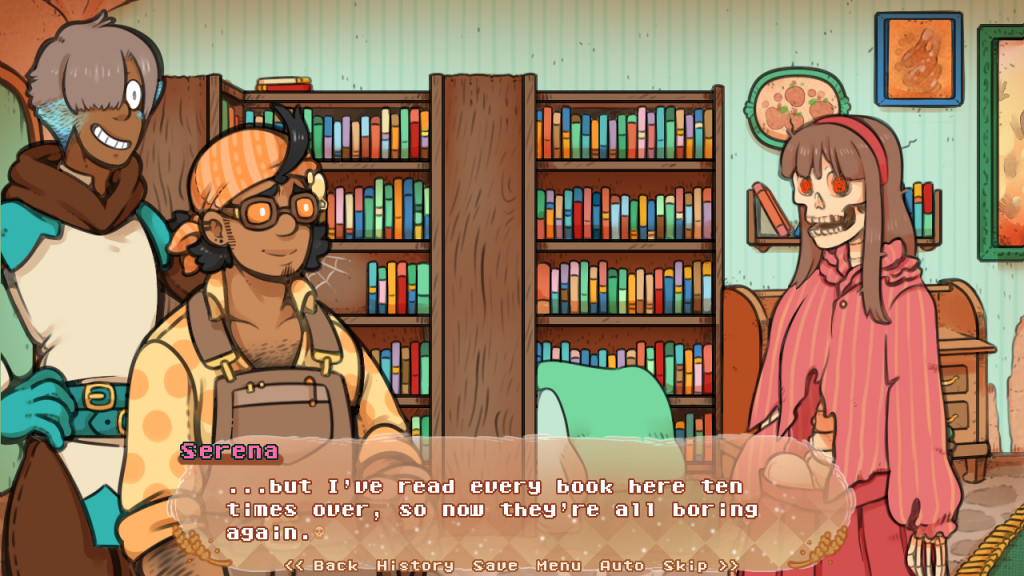
I also feel like it brings up more questions than it actually answers. It lays all these clues out for this big mystery. Then, when you’re faced with the solution, I feel like it doesn’t really explain anything. You also have to basically trick and blackmail some of the skeletons to get out, which is fine in and of itself. But then when it tries to explore this moral quandary it almost tries to admonish you for being mean to the skeletons through Beracus getting on Lee’s case for chewing out the dad skeleton. The game made you have to do that, though, so it feels a little shallow.
The point-and-click elements ended up being a little more pervasive than I expected from what I interpreted as more of a hybrid game. So it does lean more toward the adventure game side, but it definitely does have strong elements of both. I think the point-and-click gameplay creates a really great movement through the game and heightens the sense of mystery and danger. By adventure game standards, the internal puzzle logic is pretty sound. The connections are fairly easy to follow, and I think it really benefited from the self-limiting that comes from the story basically all taking place in one room. Where it struggles, though, is in communicating this logic to the player.
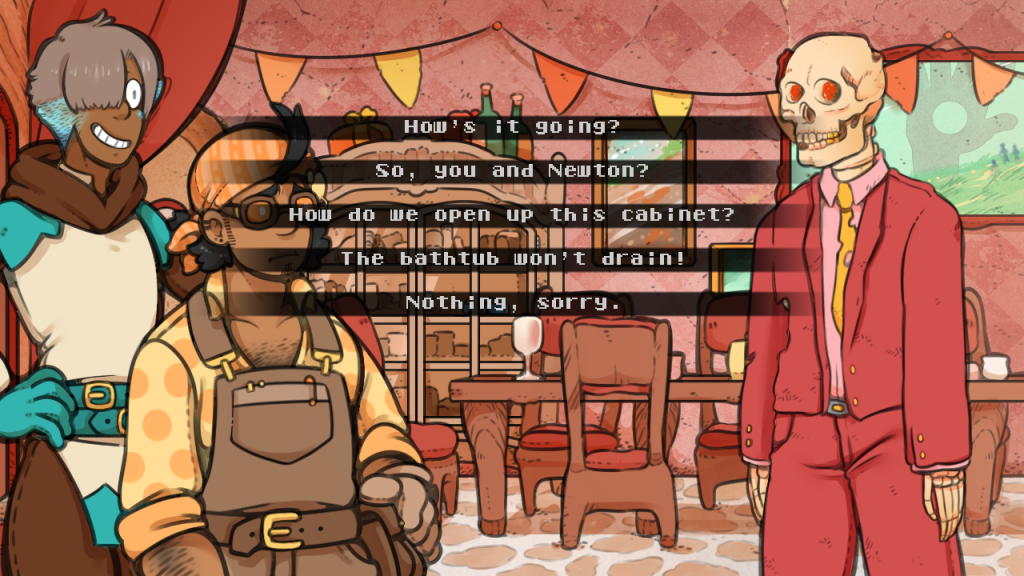
When you enter a room, almost everything is clickable. Some of it’s important for puzzles, some of it’s just world-building. This in and of itself is fine, if just a bit tedious. When you don’t know what information is actually going to be important versus what’s “background” lore, you have to become a little obsessive, making sure you’ve seen everything. But there’s no change in state after you’ve clicked on something, so it makes it really easy to miss whether you’ve interacted with something or not. I actually got stuck because one interactable was inside another, and I physically could not effectively differentiate the two. This also complicates some puzzles that require you to click on them multiple times, because it’s not always communicated well. There are also interactions that kill Lee, but I feel like I didn’t get a good enough sense of why that interaction killed him. So it came as a surprise when there was a way to interact with that item without dying. The game had told me “this item kills you” without telling me there’s a way for it to not kill me. There’s also some choices at the end that are dependent on those death conditions that are not really telegraphed until that moment, and even then are telegraphed poorly. I also feel like it way under-utilized the fact that Lee can see through things with his eye-hand. That seems like a mechanic with a lot of potential that was just sort of kept to the side. So, like mentioned before, the logistical design underpinnings are just fine, but the mechanics of interacting with them leave a bit to be desired.
One-Eyed Lee and the Dinner Party is a hybrid game with a little bit for both visual novel and adventure game players. The puzzles are simple enough for those less accustomed to the genre, and the story’s rich enough for those who are to find a lot of value in even the non-puzzled interactions. It’s an interesting read with a lot to offer in its relatively short run time.
Get it for PC on Steam and itch.io. It’s also now available on Switch, PS4, PS5, Xbox One, and Xbox Series X/S.

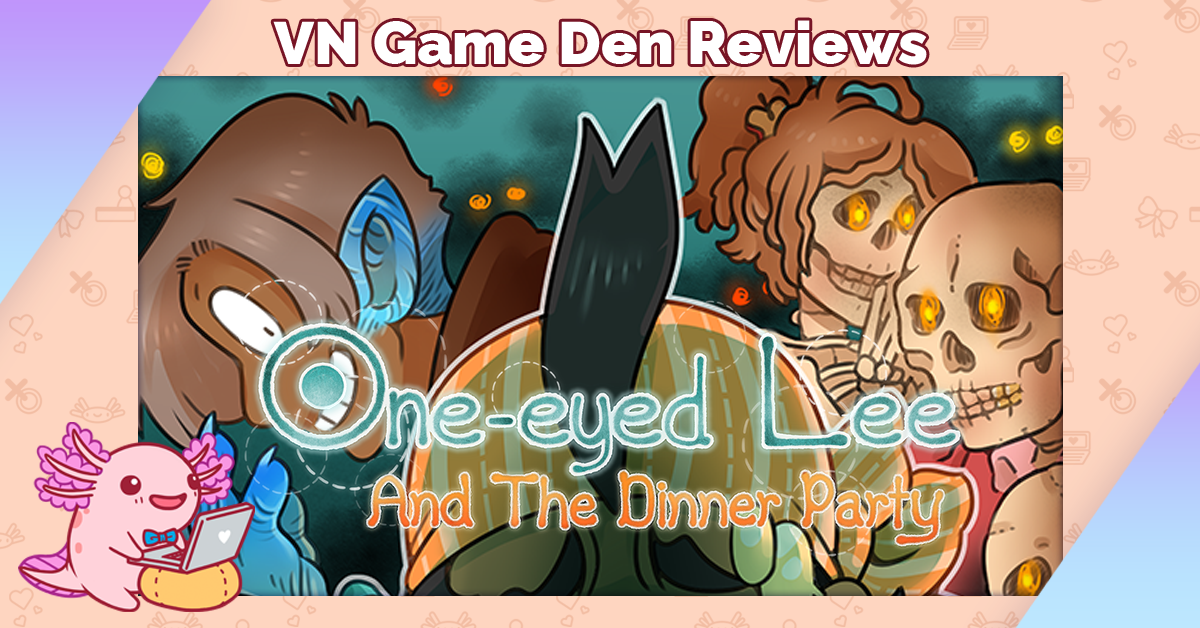


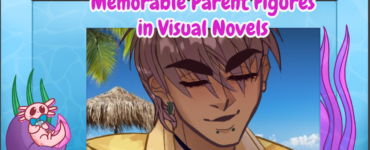
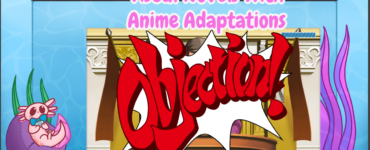


Thanks for the review! A lot of stuff you pointed out are things that I already plan on working on for the sequel or putting into the upcoming PC patch. (The prologue is going to come attached when the Portuguese translation comes out, for example)
But, that just gives me confidence that I’m on the right track with things I want to improve with the sequel and what I would like to change with the eventual deluxe edition. Thanks a ton for giving my game a chance! I hope you’ll consider checking out part 2